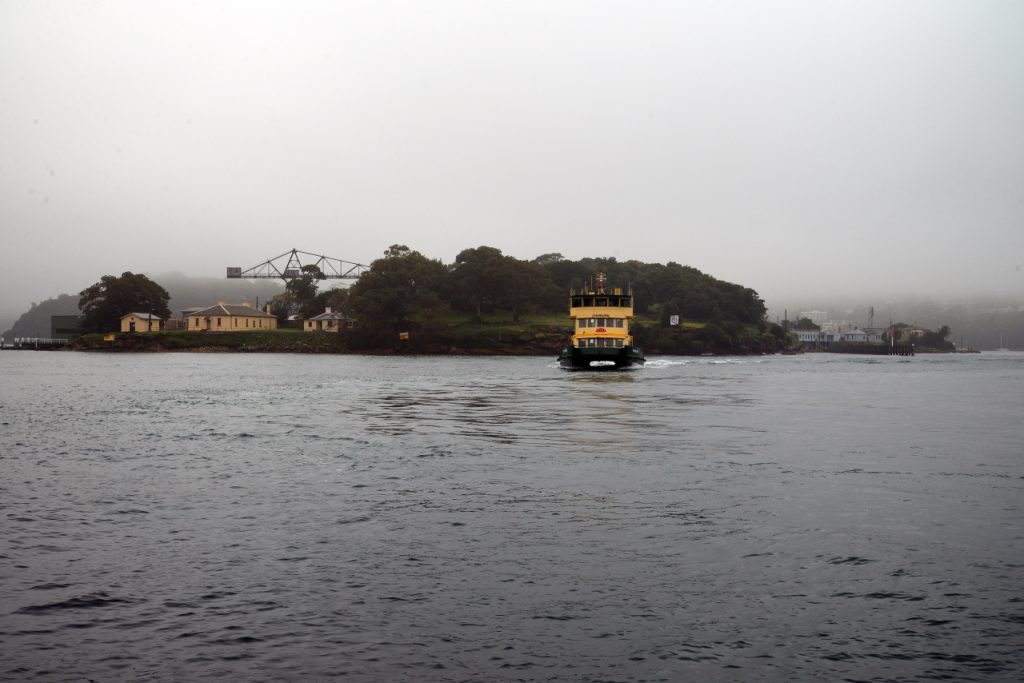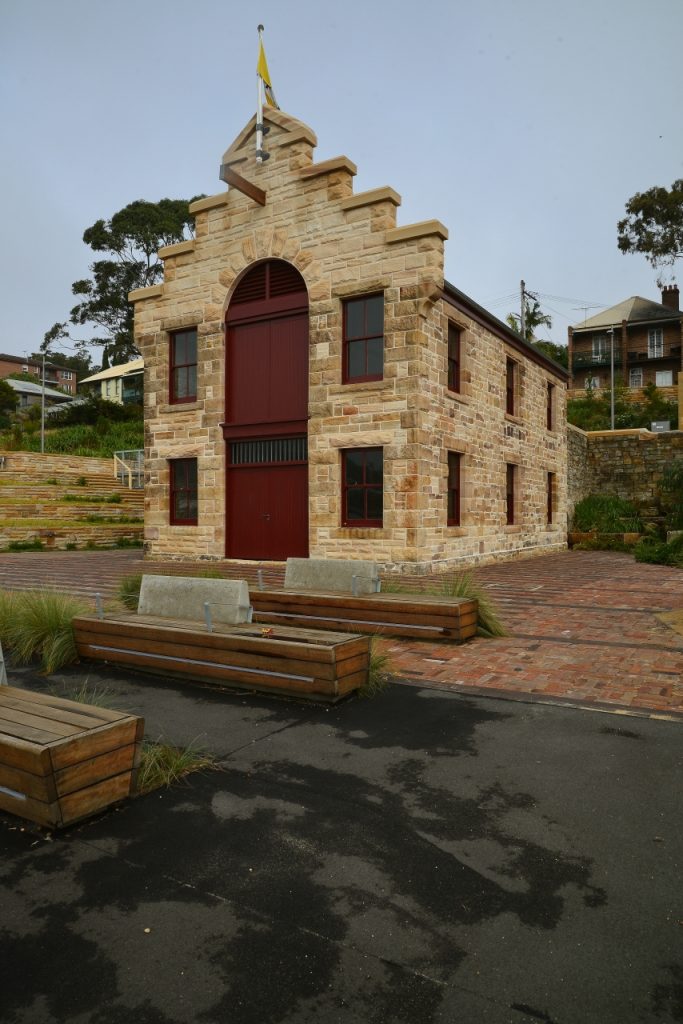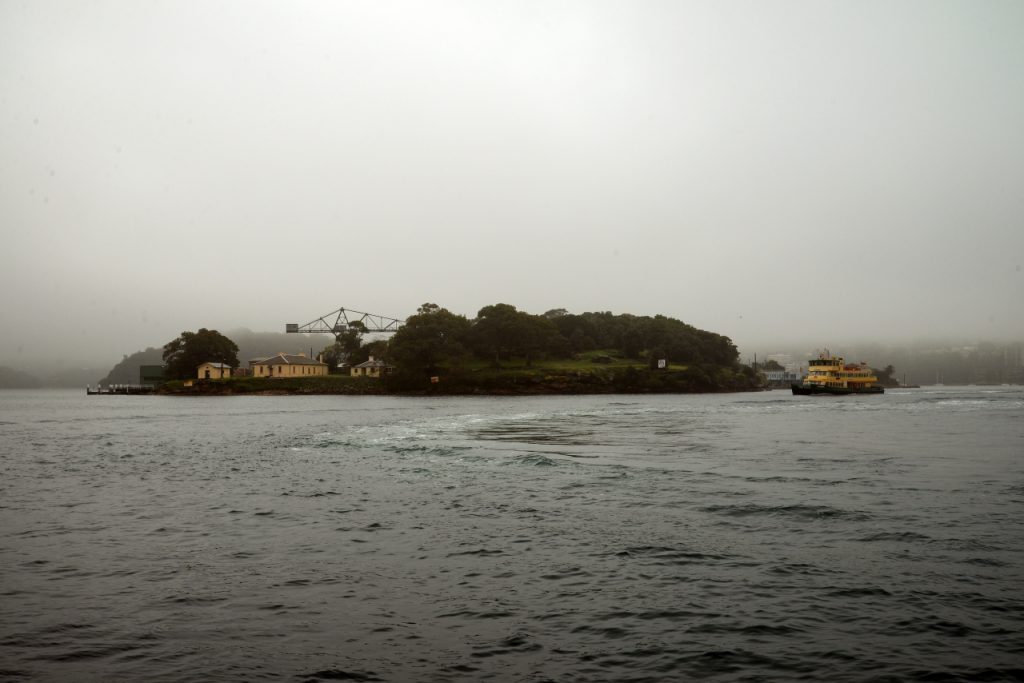Sydney Rain
A Climate Shift in the Harbor City
Sydney, renowned for its iconic Opera House, sparkling harbor, and sunny beaches, has experienced a notable shift in its climate patterns. By 2025, this vibrant metropolis has earned the nickname “The Rainy City,” thanks to a marked increase in annual rainfall.
The Rainfall Renaissance
Over the past decade, Sydney has seen a significant uptick in precipitation. The Bureau of Meteorology reports that the city now averages over 1300mm of rain annually, a substantial rise from previous decades. Climate scientists attribute this increase to various factors, including changes in weather patterns and the impact of global warming on ocean currents.
Impact on Daily Life
The increased rainfall has undoubtedly brought challenges to daily life in Sydney. Commuters now navigate frequent showers during their morning rush, and city planners have had to adapt infrastructure to handle heavier downpours. Flood management systems have been enhanced, and new building codes require more robust waterproofing measures.
Economic and Environmental Benefits
Booming Water Resources
Interestingly, the rain has brought unexpected benefits. Sydney’s reservoirs, once threatened by drought, are now consistently full. The abundance of water has spurred growth in local agriculture and has reduced the city’s dependence on water restrictions.
Urban Greening Initiatives
The rise in rainfall has also fueled urban greening projects. The city’s parks and gardens thrive, contributing to an increase in biodiversity. Urban planners have implemented green roofs and rain gardens, which help manage stormwater and reduce urban heat islands.

Tourism in the Rainy City
Embracing the Rain
Tourism in Sydney has adapted to the wetter climate. Visitors now enjoy a range of rain-friendly activities, from exploring the lush Royal Botanic Garden to visiting indoor attractions like museums and galleries. The city’s iconic coastal walks, though occasionally drenched, offer dramatic views of stormy seas and moody skies.
Events and Festivals
Sydney’s event calendar has embraced the rain, with festivals celebrating the city’s new identity. The Rainy Day Festival, held annually in Hyde Park, features live music, food stalls, and art installations that highlight the beauty and benefits of rain.
The Influence of El Niño and La Niña
El Niño: Drought and Dry Spells
El Niño is a climate phenomenon. The Idea is patterned over many years. It is characterized by the warming of ocean surface temperatures in the central and eastern tropical Pacific which changes and disrupts global weather patterns and typically results in drier conditions for Australia, including Sydney. During El Niño years, Sydney often experiences reduced rainfall, increased temperatures, and heightened bushfire risks. These dry spells contrast sharply with the city’s otherwise rainy reputation.
La Niña: Increased Rainfall and Flooding
Conversely, La Niña is the counterpart to El Niño, marked by cooler-than-average ocean surface temperatures in the central and eastern tropical Pacific. La Niña events lead to increased rainfall and cooler temperatures in Australia, particularly in Sydney. During La Niña periods, the city sees amplified rainfall, contributing to the “Rainy City” moniker. The enhanced precipitation can cause flooding and waterlogging, but also bolsters water reserves and supports lush vegetation growth.

Cultural Shifts in Response to the Rain
Fashion Adaptations
Sydney’s fashion scene has embraced the rain with style. Local designers now showcase rain-friendly collections featuring waterproof materials, stylish umbrellas, and trendy rain boots. The city’s fashionistas have turned rainwear into a fashion statement, blending practicality with flair.
Architectural Innovations
Architects in Sydney have risen to the challenge of increased rainfall by incorporating innovative designs into new buildings. These structures feature advanced drainage systems, rainwater harvesting technologies, and materials that are resistant to moisture and mold. The skyline is now dotted with rain-adaptive architecture that ensures durability and sustainability.
Health and Wellbeing Benefits
Cleaner Air and Reduced Allergens
The increase in rainfall has also contributed to improved air quality in Sydney. Rain helps to wash away pollutants and dust particles, resulting in cleaner air. This has led to a reduction in respiratory issues and allergies among residents, promoting overall health and wellbeing.
Enhanced Mental Health
The lush greenery and thriving parks, nurtured by the abundant rain, offer numerous mental health benefits. Sydney’s residents now have more opportunities to enjoy nature walks that even pets will love, outdoor yoga, and other recreational activities that boost mental wellness.

Sustainable Urban Development
Rainwater Harvesting
Sydney has become a leader in sustainable urban development by implementing extensive rainwater harvesting systems. These systems collect and store rainwater for various uses, such as irrigation, flushing toilets, and even drinking water. This sustainable approach reduces the strain on municipal water supplies and promotes water conservation.
Green Infrastructure
The city has also invested in green infrastructure to manage stormwater and reduce flooding risks. Permeable pavements, green roofs, and bioswales are now common features in Sydney’s urban landscape. These green solutions not only manage water runoff but also enhance the aesthetic appeal of the city.

Community Engagement and Education
Rain Awareness Campaigns
Community engagement and education have played a crucial role in Sydney’s adaptation to its rainy climate. The city has launched rain awareness campaigns to educate residents about the benefits of rain, water conservation practices, and flood preparedness. These campaigns encourage active participation and foster a sense of community resilience.
School Programs
Schools in Sydney have integrated environmental education into their curricula, teaching students about climate change, rainwater harvesting, and sustainable living. Field trips to rain gardens and water treatment plants provide hands-on learning experiences, inspiring the next generation to become environmental stewards.
Conclusion
In 2025, Sydney’s transformation into “The Rainy City” reflects both the challenges and opportunities presented by changing climate patterns. With innovative infrastructure, thriving green spaces, and a resilient community, Sydney continues to shine, rain or shine.
Join the Discussion
Sydney’s transformation into the “Rainy City” has sparked a myriad of opinions and experiences. Whether you’re a long-time resident, a newcomer, or a visitor, we want to hear from you! How has the increased rainfall impacted your daily life? Have you embraced the city’s wetter climate, or do you long for the sunnier days of the past?

I am extremely impressed with your writing talents as well as with the format in your weblog. Is this a paid topic or did you customize it your self? Either way stay up the nice quality writing, it is rare to look a nice blog like this one today!